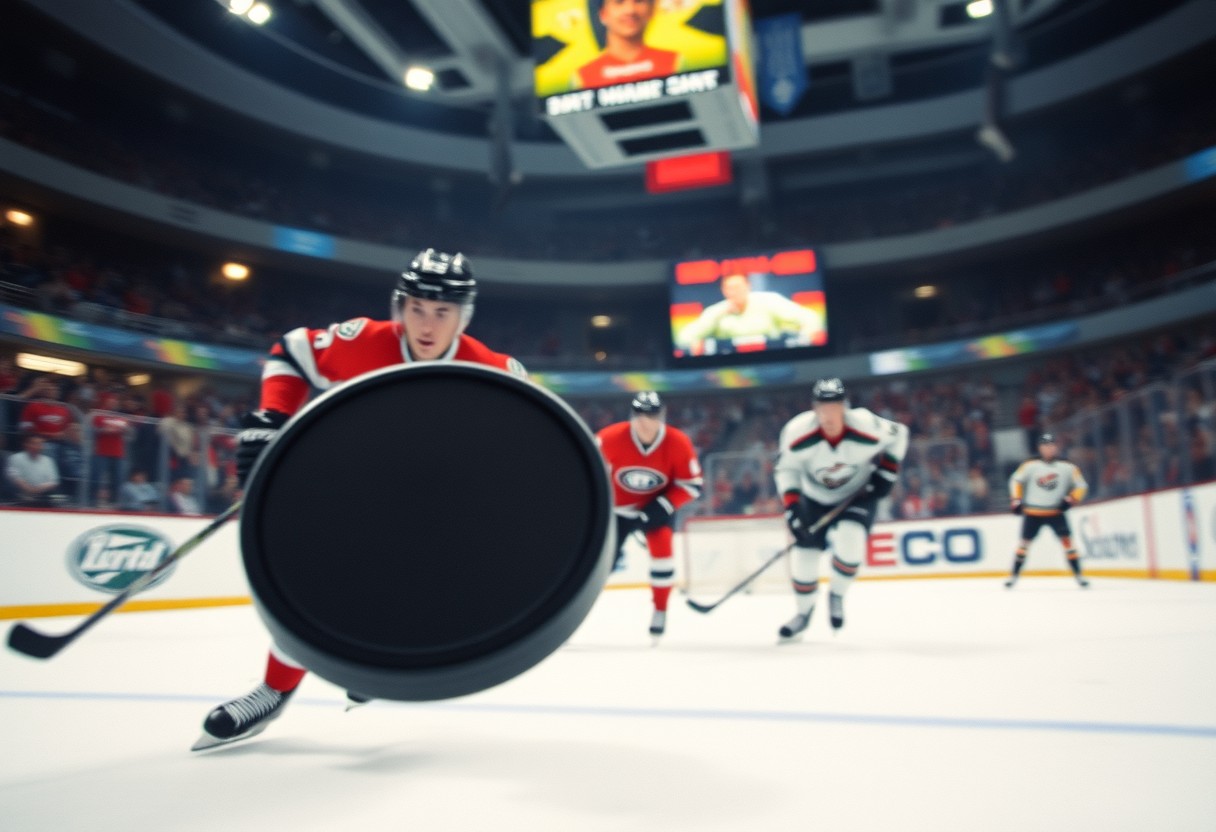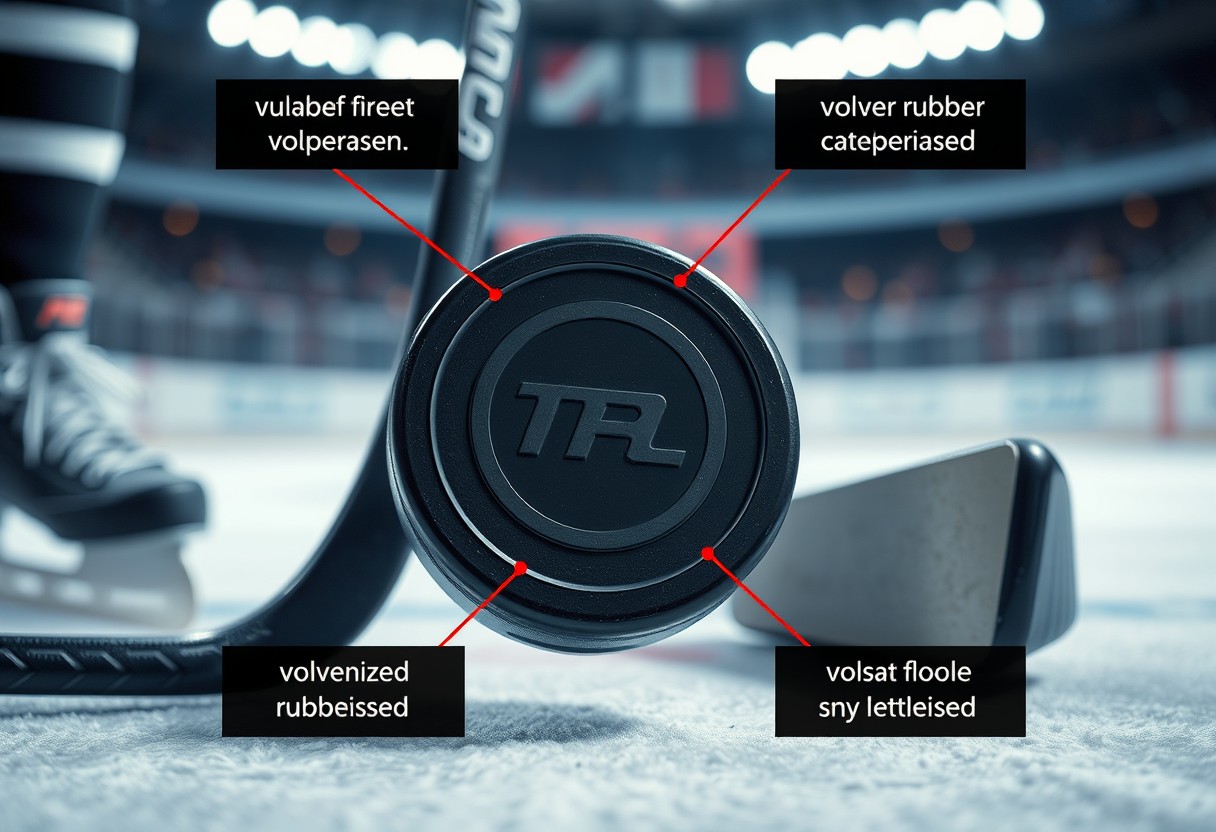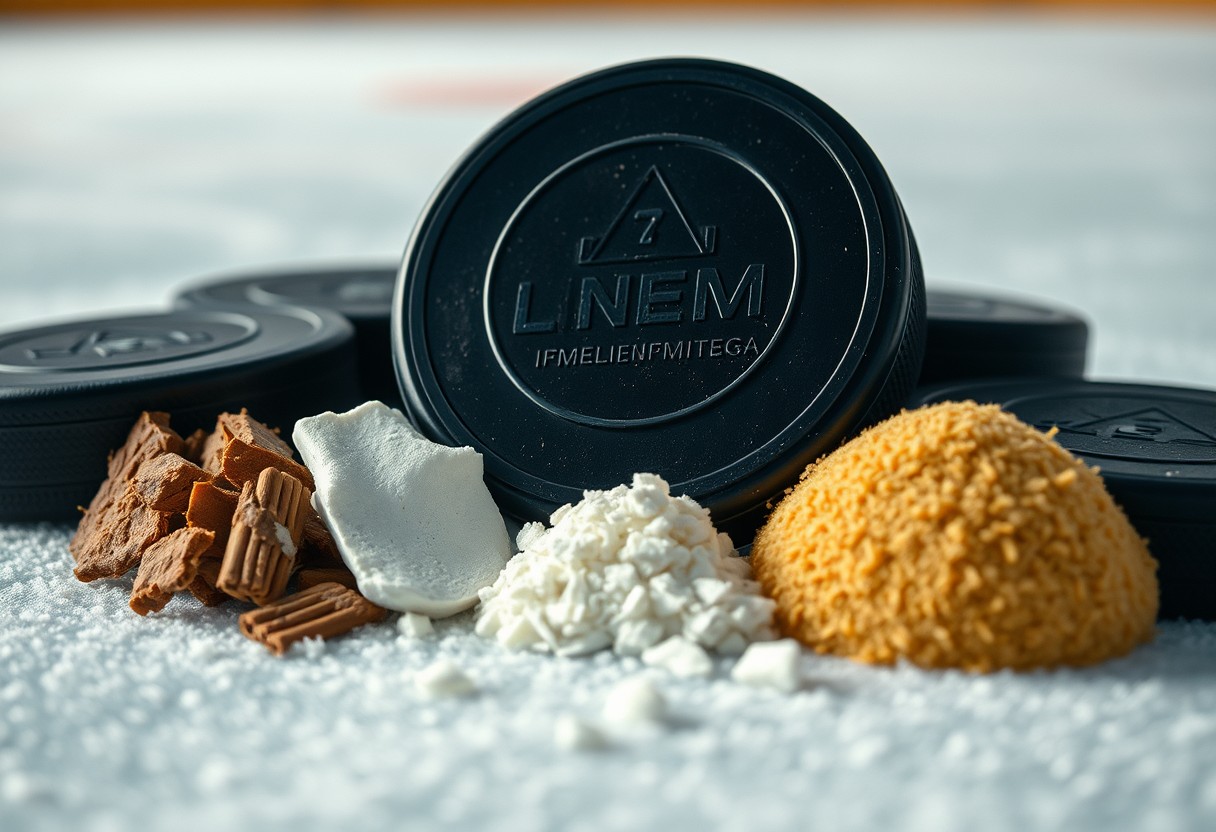Hockey is a fast-paced sport that can leave you in awe of its speed, especially when it comes to how quickly a puck can travel across the ice. Understanding the velocity of a hockey puck not only enhances your appreciation of the game but also informs your own strategies if you play. You might be surprised to learn that a puck can reach speeds of over 100 miles per hour during a powerful shot. In this post, we will explore the factors influencing a puck’s speed and what it means for players and spectators alike.
Understanding Hockey Puck Physics
As you explore the world of hockey, it’s vital to grasp the physics behind the game, particularly how a puck travels across the ice. Understanding these principles not only enhances your knowledge but also improves your appreciation of the sport.
The Basics of Motion
One key element in understanding hockey puck physics is the concept of motion. A hockey puck moves in a straight line until an external force acts upon it, such as a player’s shot, the stick’s impact, or friction with the ice. Newton’s laws of motion provide a framework for understanding how pucks accelerate, decelerate, and change direction during gameplay.
Key Factors Affecting Speed
One of the most intriguing aspects of hockey puck dynamics is the various factors influencing a puck’s speed. These components work together to determine how fast a puck can travel across the playing surface. Important factors include:
- The strength and technique of the player’s shot
- The surface of the ice and its conditions
- The weight and design of the puck
- Environmental factors like temperature and humidity
After considering these elements, you can see how each plays a significant role in the overall speed of a hockey puck.
Factors such as technique, ice conditions, and puck design are pivotal in determining the speed at which a puck travels. Enhancements in player skill and training also play an vital role. Here are some notable elements to remember:
- Effective weight distribution in a player’s stance
- Optimal angle of the stick during a shot
- Surface smoothing techniques to improve glide
- Innovations in puck materials for better performance
After examining these factors, it’s clear that mastering the science behind puck speed is crucial for any aspiring player or avid fan.

Measuring Puck Speed
Some key factors contribute to accurately measuring a hockey puck’s speed. To ensure consistency and reliability, specific equipment and testing conditions are required. Understanding these elements is important for grasping how puck speed is quantified.
Equipment Used for Measurement
One of the primary tools used to measure hockey puck speed is a radar gun. This device captures the puck’s velocity as it travels across the rink. Additionally, some advanced setups incorporate high-speed cameras and motion sensors to provide detailed data on puck movement and trajectory.
Standard Testing Conditions
One crucial aspect of measuring puck speed is the standard testing conditions under which the measurements are taken. These conditions ensure that the results are comparable and reliable across different tests.
Another important factor in standard testing conditions is maintaining a controlled environment. This includes aspects such as the temperature of the rink, the ice surface quality, and the type of puck used. When these variables are kept constant, you will get more accurate and consistent speed measurements, allowing for better analysis and comparison of puck performance in different scenarios.

Average Speed of a Hockey Puck
It’s necessary to understand the average speed of a hockey puck to appreciate the dynamics of the game. On average, a hockey puck travels at a speed of 60 to 100 miles per hour during gameplay. This speed can vary significantly depending on various factors, such as the player’s skill level, shot technique, and the type of shot being executed.
Speed in Professional Leagues
With professional leagues like the NHL, the average speed of a puck can reach impressive heights. In fact, players can achieve puck speeds exceeding 100 MPH during slap shots, showcasing their advanced skill and technique on the ice. The exhilarating pace of the game contributes to the excitement and intensity that fans crave.
Variations Across Different Levels of Play
The speed of a hockey puck can vary greatly across different levels of play. As players progress through youth leagues, high school, and into college or professional levels, their technique and training influence the puck’s speed. Generally, young players tend to shoot slower due to less experience and physical strength, while elite players possess the ability to launch pucks at remarkable velocities.
This variation in speed reflects not only the players’ physical capabilities but also their understanding of the mechanics of shooting. In youth hockey, you might find puck speeds ranging from 30 to 50 MPH, while high school players may start reaching speeds of 60 to 80 MPH. As you move into college or professional levels, the speeds can easily surpass the 90 MPH mark, ultimately showcasing the skill disparities across the sport’s various tiers.
Summing up
Conclusively, understanding the speed at which a hockey puck travels can enhance your appreciation for the sport and its dynamics. A puck can reach speeds of over 100 mph during a game, and by recognizing this, you can better grasp the skill and precision required from players. Whether you’re a fan, player, or coach, knowing these speeds can deepen your insight into the game’s intensity and the importance of quick reflexes on the ice.




